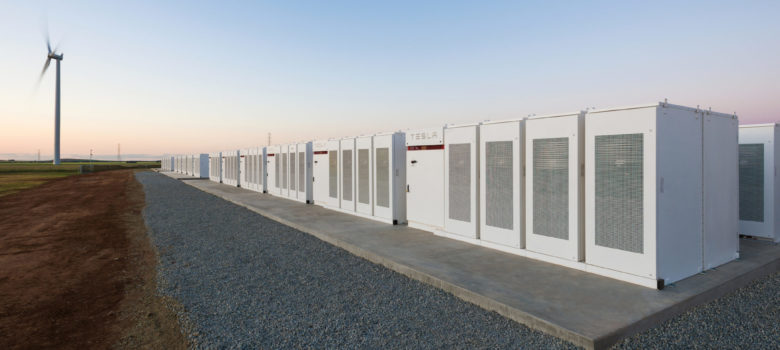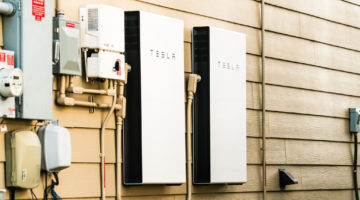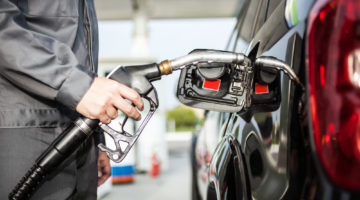
There is no stopping Elon Musk. The man on a mission to reinvent how we use electricity has had yet more success, with the announcement that his team have developed the largest battery in the world.
What started as a bet on Twitter has now led to rural Australia becoming home to what is probably the most powerful energy management system in the world.
Tesla will get the system installed and working 100 days from contract signature or it is free. That serious enough for you?
— Elon Musk (@elonmusk) March 10, 2017
Why was the location chosen for Tesla’s mega-battery?
Tesla has built a giant battery to ensure power in a part of South Australia often plagued by electricity blackouts. The chosen location of the battery is 200km north of Adelaide, in an area where storms have historically interrupted grid power and left more than a million people without power.
The other problem the battery aims to tackle is the high demand for electricity during the hot Australian summer, when people are dependent on running air conditioning systems to cool down their homes.
Now in cases of a shortage, there is backup available. Should the grid fail, this battery is enough to power 30,000 homes for an hour.
What technology is used in the battery?
It is a lithium ion battery like those used in Tesla’s market-leading electric cars. Capable of storing 100MW of electricity, it is the world’s largest – 3 x more powerful than the world’s next biggest battery.
Where does the electricity come from that is stored in the battery?
The electricity feeding into the battery is produced by nearby solar and wind farms. While renewables do form part of Australia’s energy mix, the government has been reluctant to expand their reach while generation levels cannot be guaranteed. This project is a huge development in a country still mainly reliant on coal to provide power to its people.
What difference will the battery make outside of Australia?
The biggest thing holding back a shift to renewable energy – until very recently – has been its intermittency. This new battery, and others like it, shows that intermittency can no longer be held as an excuse – so long as the technology is affordable on a wider scale. With the right level of investment, more batteries could be delivering renewable energy to homes 24/7.
Elon Musk gave himself 100 days to complete this challenge. He has fulfilled his promise in 60. The world waits to see what he’ll do next!
Featured image in this blog provided courtesy of Tesla Rati












No Comments yet! Be the first one.